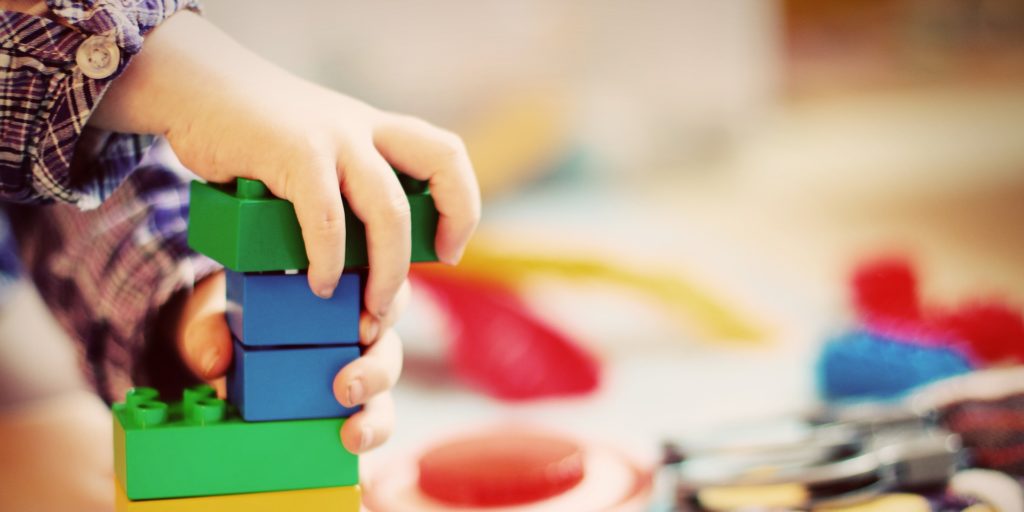Getting Back to Basics with Toy Giving
Although Christmas is very near, you may still have some toy shopping to do for the children in your life. The American Academy of Pediatrics (APP) has some things you should keep in mind — not just now, but at birthdays or any other time toys are on your shopping list.
The full article can be viewed at this link. Here are some highlights:
In this day and age, we’re inundated with all kinds of sensory-stimulating noise and light toys, as well as digital media-based platforms with child-oriented software and apps. It can be overwhelming! According to AAP, the best toys are those that match your child’s developmental skills and abilities and encourage the development of new skills.
Most toys tend to fall into one of these categories, each of which can serve different purposes when it comes to your child’s growth:
- Symbolic/pretend — Dolls, animals and action figures, or toy objects like food, utensils, cars, planes, and buildings. Imaginary play with toys such as these is a large part of a child’s social and emotional development.
- Fine-motor/adaptive/manipulative – Blocks, shapes, puzzles, and trains. These types of toys can improve language and brain development and even build early math skills.
- Art – Coloring books, crayons, markers, clay, stickers, etc. All make great gifts, build creativity and help improve fine motor skills.
- Language/concepts – Over the past two decades, many traditional toys are now available in electronic versions. Just remember that digital toys should never take the place of real, face-to-face play. Traditional card games and board games (real-life, not electronic versions) and even toy letters and books create opportunities for you and your child to interact and have fun together.
- Gross motor/physical – Balls, push and pull toys, ride-on toys, and tricycles help physical development and can improve self-regulation and peer-interaction.
The AAP also offers these important reminders:
- Use caution when you see “educational” on the label.
- Be aware of the potential for toys to promote race or gender-based stereotypes.
- Limit video game and computer game use.
- Make sure the toys you buy are age-appropriate for the recipient.
- Always be aware of safety considerations when buying toys.


